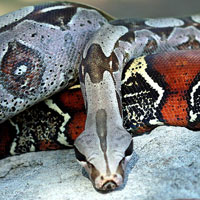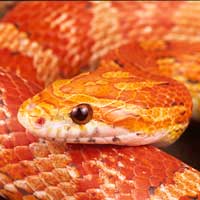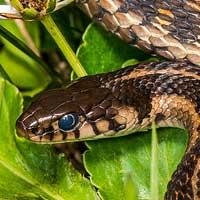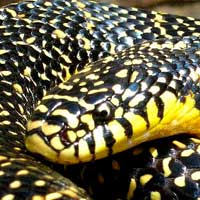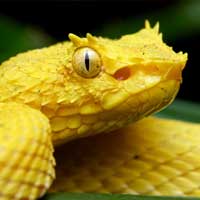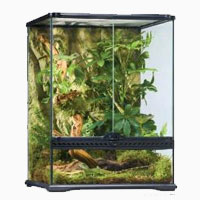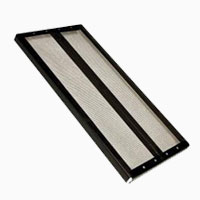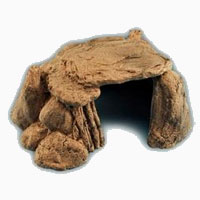Everglades Rat Snake
Scientific Name: Elaphe Obsoleta Rossalleni
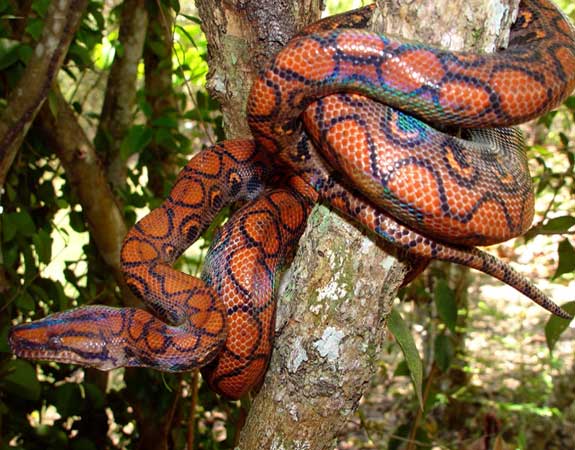
Share this Post
It is also known as, the Glades Rat Snake, the Everglades Rat Snake is indigenous to North America. It is a large snake and is popular with snake breeders and pet snake keepers. Its wide array of bright colors and calm demeanor make it a favorite with many keepers. The Everglades Rat Snake when mature will range from four to six feet with a few reported to have measured seven feet. This makes it one of the longest snakes in North America. The hatchlings normally have gray blotches that may be light or dark depending on the part of the body. As they mature, these colors change to orange and sometimes red. Most Everglades Rat Snakes have four standard stripes that usually resemble the background color so one may not distinguish or notice their pigment easily. Purebred Everglades Rat Snakes are a remarkable sight with red eyes with black pupils, red tongues while the blotches always disappear as they grow.
Everglades Rat Snakes Are Beautiful Creatures
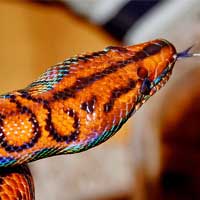
Facts About Everglades Rat Snakes
Geographic Location
Several areas in North America are home to the Everglades Rat Snake. Florida is particularly noted to have a high concentration of these snakes. In fact, this species derives its name from the Everglades region in south Florida where it is said to have originated along with Kissimmee Prairie. A few of these snakes also exist in Australia in forested regions.
Habitat
Everglades Rat Snakes, also referred to as the Orange rat snake because of the orange hue on its appearance are found in saw grass, they may also inhabit grasslands, along waterways and in shrubs and trees in subtropical forests. The Everglades Rat Snake is not averse to water. However, it will readily get into the water when in danger on land.
Behavior
They are very good climbers hence may be found coiled in treetops. These snakes are most active when the temperature most suits their activities. They are also good swimmers hence but only venture into the water when it is necessary. Everglades Rat Snakes although prone to aggression, are docile animals in captivity. In the wild, it spends a good fraction of its time hiding in rock crevices, on trees or inside knotholes. It exhibits good burrowing skills thus it is adept at creating holes in which it later hides. In swamps, it may also frequent palm fronds.
Reproduction
The everglades normally lay their eggs a few weeks mating. These eggs that number from seven to twenty-seven for a single clutch will normally hatch in July or September.
Captivity
Everglades will normally become docile once they are used to their surroundings. They should be set up in a spacious cage that allows them plenty of space for movement. The cage must be reinforced with suitable substance since the Everglades Rat Snake is known to escape at the earliest given opportunity. The surface of the cage must have simple substrate thus; one could opt for wood shavings from aspen, newspapers as well as cypress mulch. The snake’s cage should be maintained at appropriate temperatures throughout. They can be fed on mouse pinkies in varying proportions depending on its age.

